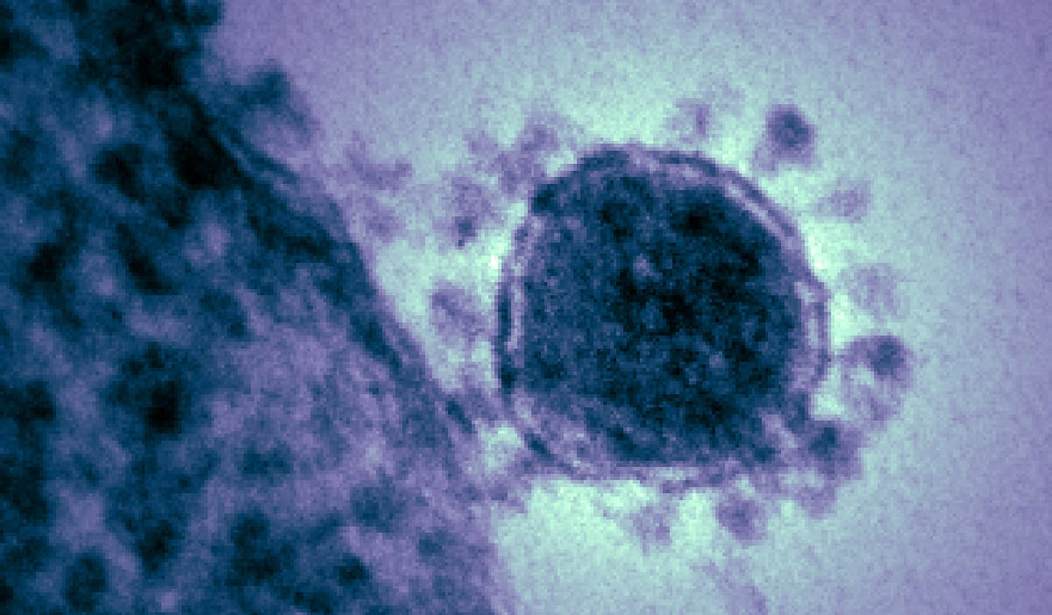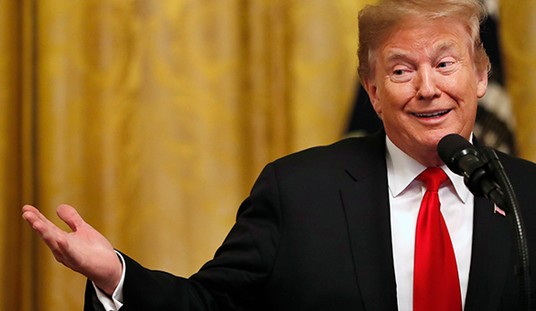The coronavirus pandemic is a situation to be taken seriously, but is it possible that panic we’re seeing unfold right now is not necessary? Some experts say it is.
Richard A. Epstein, a senior fellow at the Hoover Institution, offered some perspective on the pandemic, suggesting that while everyone seems to react to bad news from Italy, some good news is being overlooked. “Overlooked is the good news coming out of China, where the latest report shows 16 new cases and 14 new deaths, suggesting that the number of deaths in the currently unresolved group will be lower than the 5.3 percent conversion rate in the cases resolved to date. In my view, we will see a similar decline in Italy,” he says.
From this available data, it seems more probable than not that the total number of cases world-wide will peak out at well under 1 million, with the total number of deaths at under 50,000 (up about eightfold). In the United States, if the total death toll increases at about the same rate, the current 67 deaths should translate into about 500 deaths at the end. Of course, every life lost is a tragedy—and the potential loss of 50,000 lives world-wide would be appalling—but those deaths stemming from the coronavirus are not more tragic than others, so that the same social calculus applies here that should apply in other cases.
Epstein argues that based on the available data, he believes that “the current dire models radically overestimate the ultimate death toll.” He gives three reasons for this:
First, they underestimate the rate of adaptive responses, which should slow down the replication rate. Second, the models seem to assume that the vulnerability of infection for the older population—from 70 upward—gives some clue as to the rate of spread over the general population, when it does not. Third, the models rest on a tacit but questionable assumption that the strength of the virus will remain constant throughout this period, when in fact its potency should be expected to decline over time, in part because of temperature increases.
Epstein admits his analysis could be wrong, but he’s not alone in his thinking. John Ioannidis, an epidemiologist and professor at Stanford University, argues that there isn’t enough data available to know just how dangerous the virus is and that the measures being taken to curb the spread of the virus could be excessive in relation to the actual threat. The crux of the argument is that there could be a much larger number of asymptomatic carriers of the disease than we know of, which, if taken into account, would significantly reduce the mortality rate of the disease compared to the currently known cases from testing.
Projecting the Diamond Princess mortality rate onto the age structure of the U.S. population, the death rate among people infected with Covid-19 would be 0.125%. But since this estimate is based on extremely thin data — there were just seven deaths among the 700 infected passengers and crew — the real death rate could stretch from five times lower (0.025%) to five times higher (0.625%). It is also possible that some of the passengers who were infected might die later, and that tourists may have different frequencies of chronic diseases — a risk factor for worse outcomes with SARS-CoV-2 infection — than the general population. Adding these extra sources of uncertainty, reasonable estimates for the case fatality ratio in the general U.S. population vary from 0.05% to 1%.
According to Ioannidis, that “huge range markedly affects how severe the pandemic is” and what the appropriate response should be. “A population-wide case fatality rate of 0.05% is lower than seasonal influenza. If that is the true rate, locking down the world with potentially tremendous social and financial consequences may be totally irrational.” Ioannidis argues that if we assume a mid-range mortality of .3% (based on his Diamond Princess analysis) and 1 percent of the population (about 3.3 million people) gets infected, it would translate to 10,000 deaths.
This sounds like a huge number, but it is buried within the noise of the estimate of deaths from “influenza-like illness.” If we had not known about a new virus out there, and had not checked individuals with PCR tests, the number of total deaths due to “influenza-like illness” would not seem unusual this year. At most, we might have casually noted that flu this season seems to be a bit worse than average. The media coverage would have been less than for an NBA game between the two most indifferent teams.
Obviously there’s a wide range of opinions and analyses on this coronavirus situation, and no one is suggesting the pandemic shouldn’t be treated seriously. However, MSNBC contributor Dr. Joseph Fair recently claimed up to 20 percent of the U.S. population might die from the disease, which is an absurd estimate, given anticipated infection rates and the estimated mortality rate. Arousing panic won’t help the public get through this.
_____
Matt Margolis is the author of Trumping Obama: How President Trump Saved Us From Barack Obama’s Legacy and the bestselling book The Worst President in History: The Legacy of Barack Obama. You can follow Matt on Twitter @MattMargolis










Join the conversation as a VIP Member